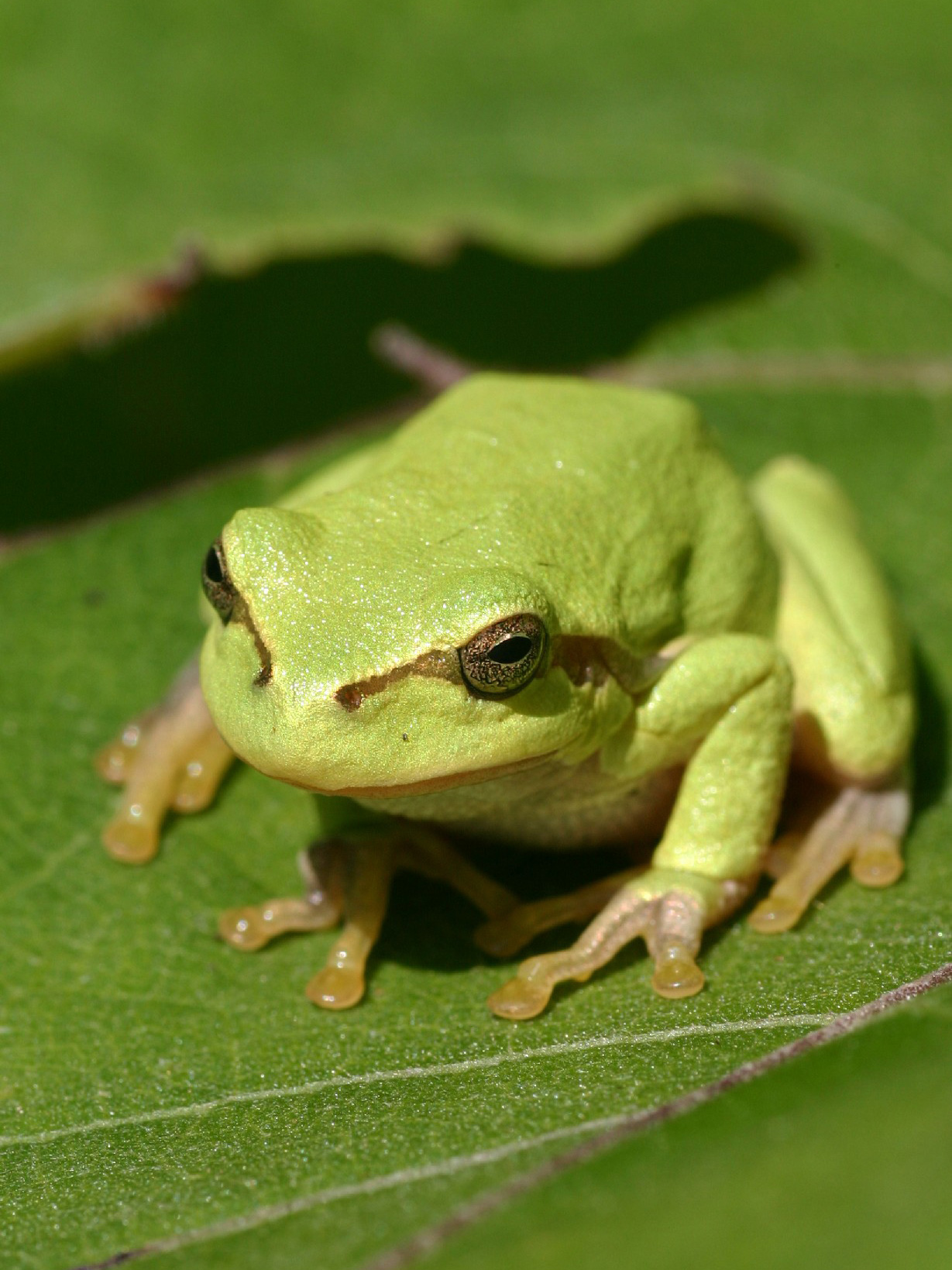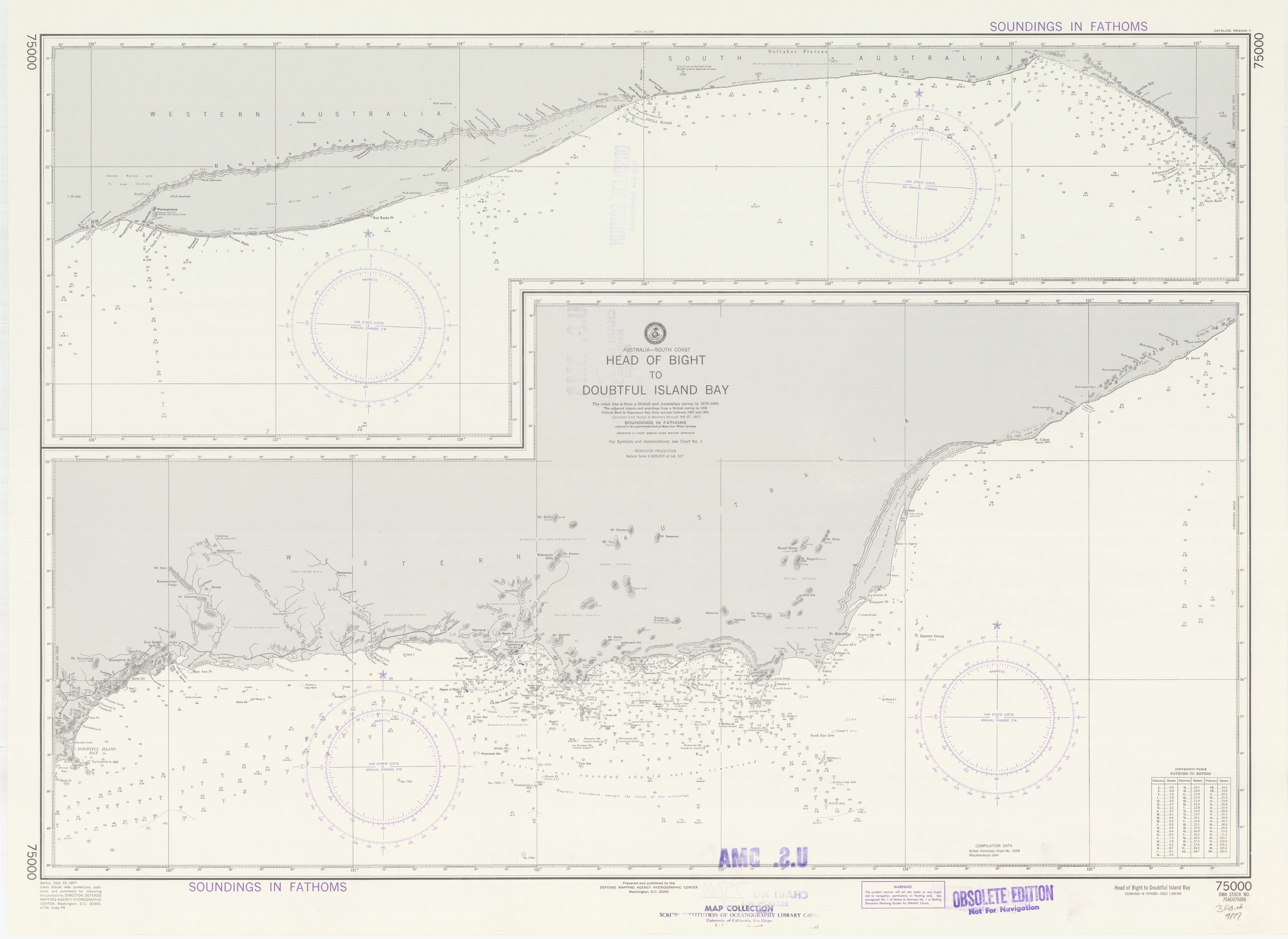|
Litoria Cyclorhyncha
The spotted-thighed tree frog (''Ranoidea cyclorhynchus'') is a species of tree frog in the subfamily Pelodryadinae, found in Western Australia. Description The frog is similar in appearance to its cogener, ''Ranoidea moorei'', bearing dark green or brownish patches with bronze or gold highlights on its back; this species can be differentiated by the numerous yellowish spots on the underside of the rear legs. Males may be up to 65 mm, females to 85 mm. The name Copland's rock frog is sometimes mistakenly applied to this species (it is actually ''Litoria coplandi''). The feet are unwebbed and have a prominent disc at the toes. Distribution and habitat It is endemic to Southwest Australia, as one of only four in that diverse genus to be found in the region. It occurs on the southern coastal areas, favouring permanent water and granite outcrops, but can be found at its northernmost extent in agricultural dams. Recorded sightings are also at Middle Island in the Archipel ... [...More Info...] [...Related Items...] OR: [Wikipedia] [Google] [Baidu] |
George Albert Boulenger
George Albert Boulenger (19 October 1858 – 23 November 1937) was a Belgian-British zoologist who described and gave scientific names to over 2,000 new animal species, chiefly fish, reptiles, and amphibians. Boulenger was also an active botanist during the last 30 years of his life, especially in the study of roses. Life Boulenger was born in Brussels, Belgium, the only son of Gustave Boulenger, a Belgian public notary, and Juliette Piérart, from Valenciennes. He graduated in 1876 from the Free University of Brussels with a degree in natural sciences, and worked for a while at the Royal Belgian Institute of Natural Sciences, Brussels, as an assistant naturalist studying amphibians, reptiles, and fishes. He also made frequent visits during this time to the ''Muséum national d'Histoire naturelle'' in Paris and the British Museum in London. In 1880, he was invited to work at the Natural History Museum, then a department of the British Museum, by Dr. Albert C. L. G. Günther a ... [...More Info...] [...Related Items...] OR: [Wikipedia] [Google] [Baidu] |
Habitat Loss
Habitat destruction (also termed habitat loss and habitat reduction) is the process by which a natural habitat becomes incapable of supporting its native species. The organisms that previously inhabited the site are displaced or dead, thereby reducing biodiversity and species abundance. Habitat destruction is the leading cause of biodiversity loss. Fragmentation and loss of habitat have become one of the most important topics of research in ecology as they are major threats to the survival of endangered species. Activities such as harvesting natural resources, industrial production and urbanization are human contributions to habitat destruction. Pressure from agriculture is the principal human cause. Some others include mining, logging, trawling, and urban sprawl. Habitat destruction is currently considered the primary cause of species extinction worldwide. Environmental factors can contribute to habitat destruction more indirectly. Geological processes, climate change, introdu ... [...More Info...] [...Related Items...] OR: [Wikipedia] [Google] [Baidu] |
Amphibians Described In 1882
Amphibians are four-limbed and ectothermic vertebrates of the class Amphibia. All living amphibians belong to the group Lissamphibia. They inhabit a wide variety of habitats, with most species living within terrestrial, fossorial, arboreal or freshwater aquatic ecosystems. Thus amphibians typically start out as larvae living in water, but some species have developed behavioural adaptations to bypass this. The young generally undergo metamorphosis from larva with gills to an adult air-breathing form with lungs. Amphibians use their skin as a secondary respiratory surface and some small terrestrial salamanders and frogs lack lungs and rely entirely on their skin. They are superficially similar to reptiles like lizards but, along with mammals and birds, reptiles are amniotes and do not require water bodies in which to breed. With their complex reproductive needs and permeable skins, amphibians are often ecological indicators; in recent decades there has been a dramatic ... [...More Info...] [...Related Items...] OR: [Wikipedia] [Google] [Baidu] |
Amphibians Of Western Australia
The Amphibians of Western Australia are represented by two families of frogs. Of the 78 species found, most within the southwest, 38 are unique to the state. 15 of the 30 genera of Australian frogs occur; from arid regions and coastlines to permanent wetlands. Frog species in Western Australia have not suffered the major declines of populations and diversity of many parts of the world. No species is recorded as having become extinct, despite over 50% of recent worldwide extinctions being Australian. Three species are listed as Threatened, two as Vulnerable and '' Geocrinia alba'' as Critically endangered. Threats to the species include the fungal disease Chytridiomycosis, though no infection has yet been recorded, and damage to habitat from altered land use and fire regimes. These processes have caused decline in many populations, however, some have successfully colonized newly created habitats such as dams or suburban gardens. Species such as '' Litoria moorei'' (Motorbik ... [...More Info...] [...Related Items...] OR: [Wikipedia] [Google] [Baidu] |
Ranoidea (genus)
''Ranoidea'' is a genus of frogs in the subfamily Pelodryadinae. They are found in Australia, New Guinea, and two nearby groups of islands: the Maluku Islands, and the Louisiade Archipelago. The circumscription of this taxon is still controversial. Taxonomy Species in this genus were until recently placed in the then-paraphyletic genus ''Litoria''; many of them had been placed in even larger ''Hyla'' before. However, in 2016 Duellman and colleagues split ''Litoria'' into several genera. The systematic and taxonomic conclusions based on Duellman ''et al.'' should be treated with caution, because 78.9% of individuals (397/503) used in the concatenated analyses had less than half of the gene sequences available for the 19 genes used. Missing data can be problematic in phylogenetic analyses (e.g.) and lead to erroneous conclusions about systematic relationships. Additionally, there is no mention of checking for base-composition bias amongst taxa (non-stationarity), which can also ... [...More Info...] [...Related Items...] OR: [Wikipedia] [Google] [Baidu] |
University Of Western Australia
The University of Western Australia (UWA) is a public research university in the Australian state of Western Australia. The university's main campus is in Perth, the state capital, with a secondary campus in Albany, Western Australia, Albany and various other facilities elsewhere. UWA was established in 1911 by an act of the Parliament of Western Australia and began teaching students two years later. It is the sixth-oldest university in Australia and was Western Australia's only university until the establishment of Murdoch University in 1973. Because of its age and reputation, UWA is classed one of the "sandstone universities", an informal designation given to the oldest university in each state. The university also belongs to several more formal groupings, including the Group of Eight (Australian universities), Group of Eight and the Matariki Network of Universities. In recent years, UWA has generally been ranked either in the bottom half or just outside the University rankings ... [...More Info...] [...Related Items...] OR: [Wikipedia] [Google] [Baidu] |
Eyre Peninsula
The Eyre Peninsula is a triangular peninsula in South Australia. It is bounded by the Spencer Gulf on the east, the Great Australian Bight on the west, and the Gawler Ranges to the north. Originally called Eyre’s Peninsula, it was named after explorer Edward John Eyre, who explored parts of the peninsula in 1839–41. The coastline was first charted by the expeditions of Matthew Flinders in 1801–02 and French explorer Nicolas Baudin around the same time. Flinders also named the nearby Yorke’s Peninsula and Spencer’s Gulph on the same voyage. The peninsula's economy is primarily agricultural, with growing aquaculture, mining, and tourism sectors. The main towns are Port Lincoln in the south, Whyalla and Port Augusta in the northeast, and Ceduna in the northwest. Port Lincoln (''Galinyala'' in Barngarla), Whyalla and Port Augusta (''Goordnada'') are part of the Barngarla Aboriginal country. Ceduna is within the Wirangu country. Naming and extent The peninsula was n ... [...More Info...] [...Related Items...] OR: [Wikipedia] [Google] [Baidu] |
Least Concern
A least-concern species is a species that has been categorized by the International Union for Conservation of Nature (IUCN) as evaluated as not being a focus of species conservation because the specific species is still plentiful in the wild. They do not qualify as threatened, near threatened, or (before 2001) conservation dependent. Species cannot be assigned the "Least Concern" category unless they have had their population status evaluated. That is, adequate information is needed to make a direct, or indirect, assessment of its risk of extinction based on its distribution or population status. Evaluation Since 2001 the category has had the abbreviation "LC", following the IUCN 2001 Categories & Criteria (version 3.1). Before 2001 "least concern" was a subcategory of the "Lower Risk" category and assigned the code "LR/lc" or lc. Around 20% of least concern taxa (3261 of 15636) in the IUCN database still use the code "LR/lc", which indicates they have not been re-evaluate ... [...More Info...] [...Related Items...] OR: [Wikipedia] [Google] [Baidu] |
Habitat
In ecology, the term habitat summarises the array of resources, physical and biotic factors that are present in an area, such as to support the survival and reproduction of a particular species. A species habitat can be seen as the physical manifestation of its ecological niche. Thus "habitat" is a species-specific term, fundamentally different from concepts such as environment or vegetation assemblages, for which the term "habitat-type" is more appropriate. The physical factors may include (for example): soil, moisture, range of temperature, and light intensity. Biotic factors will include the availability of food and the presence or absence of predators. Every species has particular habitat requirements, with habitat generalist species able to thrive in a wide array of environmental conditions while habitat specialist species requiring a very limited set of factors to survive. The habitat of a species is not necessarily found in a geographical area, it can be the interior ... [...More Info...] [...Related Items...] OR: [Wikipedia] [Google] [Baidu] |
Tree Frog
A tree frog (or treefrog) is any species of frog that spends a major portion of its lifespan in trees, known as an arboreal state. Several lineages of frogs among the Neobatrachia have given rise to treefrogs, although they are not closely related to each other. Millions of years of convergent evolution have resulted in very similar morphology even in species that are not very closely related. Furthermore, tree frogs in seasonally arid environments have adapted an extra-epidermal layer of lipid and mucus as an evolutionary convergent response to accommodate the periodic dehydration stress. Description As the name implies, these frogs are typically found in trees or other high-growing vegetation. They do not normally descend to the ground, except to mate and spawn, though some build foam nests on leaves and rarely leave the trees at all as adults. Tree frogs are usually tiny as their weight has to be carried by the branches and twigs in their habitats. While some reach 10 ... [...More Info...] [...Related Items...] OR: [Wikipedia] [Google] [Baidu] |
Archipelago Of The Recherche
The Archipelago of the Recherche, known locally as the Bay of Isles, is a group of 105 islands, and over 1200 "obstacles to shipping", off the south coast of Western Australia. The islands stretch from east to west and to off-shore encompassing an area of approximately . The western group is near Esperance, Western Australia, Esperance and the eastern group at Israelite Bay, Western Australia, Israelite Bay. They are located in coastal waters, part of which is designated the Recherche Archipelago Nature Reserve. History Pre-European Recherche Archipelago exhibits evidence of human occupation dated to 13,000 years ago. Archeologists have found ancient artefacts on Salisbury Island (Western Australia), Salisbury Island, a massive limestone remnant sitting on a granite dome offshore, that included stone blades, lizard traps, axe heads, grinding stones and granite watering holes. The objects are believed to extend up to 13,000 years before present, from a time of lower sea le ... [...More Info...] [...Related Items...] OR: [Wikipedia] [Google] [Baidu] |


.png)





